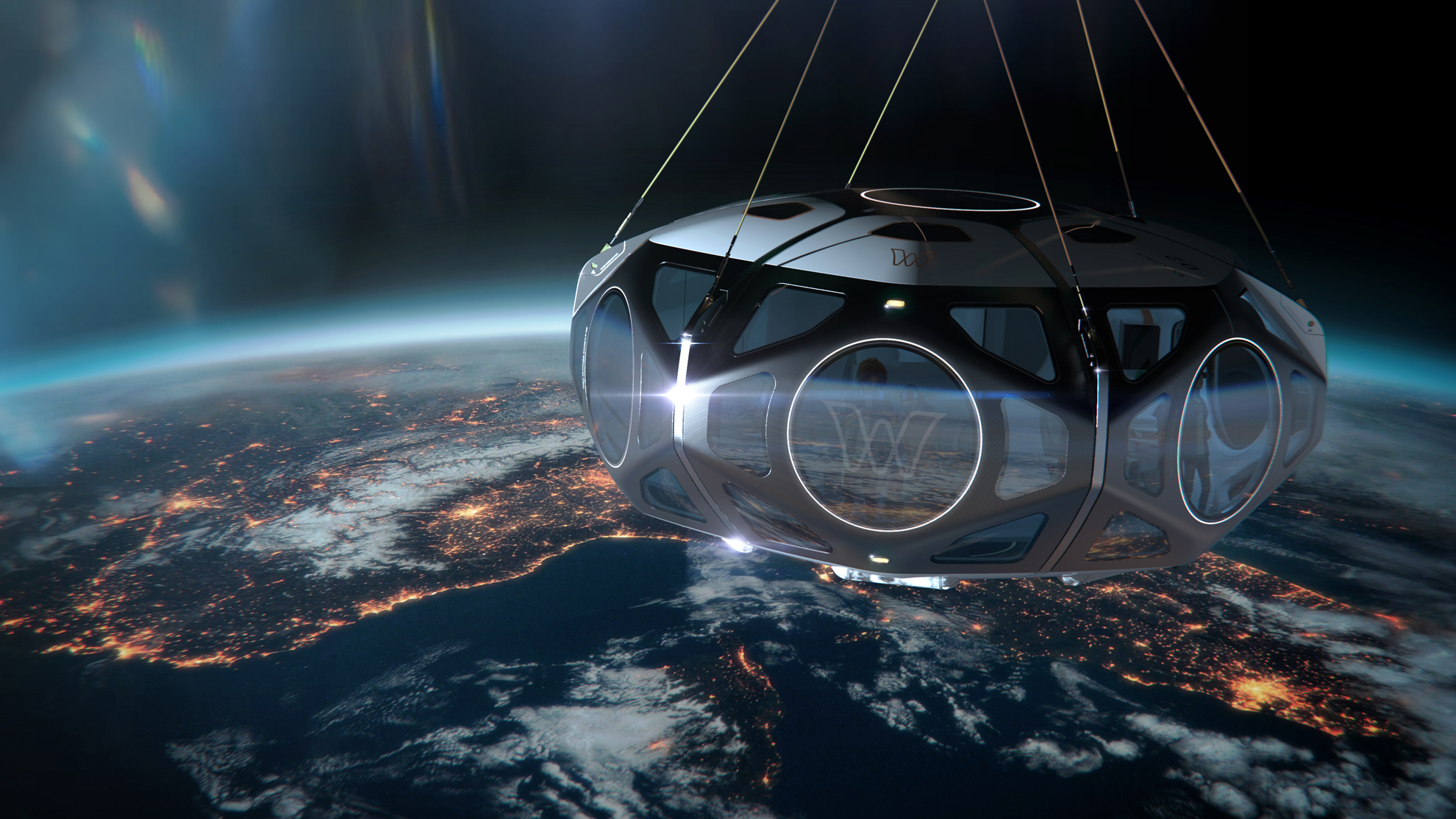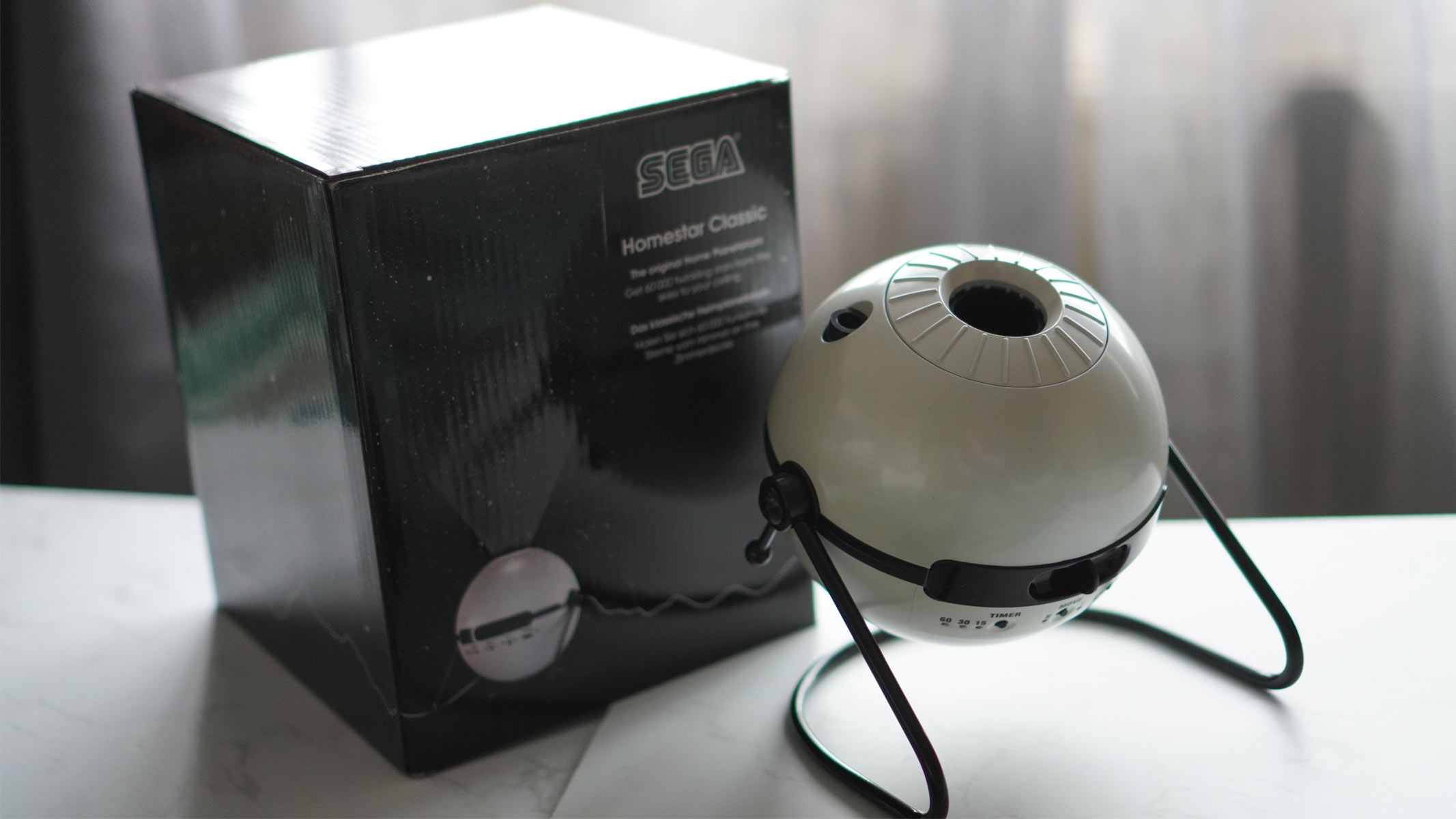Start-up World View sells 1,000 tickets for balloon trips near edge of space
World View aims to start passenger flights in 2024.

A space balloon start-up, which plans to fly paying customers to the edge of space as early as 2024, has signed up its 1,000th customer, making it the most sought-after space tourism operator in the world.
The Tucson, Arizona-based World View sells rides on its space balloons for $50,000 per seat, about one ninth of the price of a spaceflight ticket with Virgin Galactic.
Relying on helium-filled balloons, World View won't deliver the full space tourism experience with weightlessness, but its customers will see planet Earth from 23 miles (37 kilometers) above, almost three times higher than the cruising altitude of a passenger jet. At this altitude, one can observe the curvature of Earth as well as the star-studded blackness of the sky, the company said in a statement on Wednesday (May 4). The experience is more of a slow-burn, six to eight hours, compared to the adrenalin-filled rocket-powered flights offered by Virgin Galactic or Blue Origin.
Related: The rise of space tourism could affect Earth's climate in unforeseen ways, scientists worry
To increase the allure, World View plans to launch its flights from some of the world's most spectacular locations including the Grand Canyon, the Great Barrier Reef in Australia and the great pyramids of Egypt. Flights from the Grand Canyon spaceport have already sold out for the first year of operations, the company said in the statement.
"Reaching 1,000 reservations underscores the passion, excitement and interest for this unique experience that World View offers," World View CEO and President Ryan Hartman said in the statement. "The fact that the Grand Canyon spaceport flight has sold out for the first year also showcases the market demand and growing interest in space tourism."
Reaching the 1,000 customer mark means World View now has the longest waiting list of customers of all space tourism companies, the company added in the statement. According to data from November 2021, Virgin Galactic has over 700 people on its waiting list. Blue Origin has not released its passenger reservation information.
Get the Space.com Newsletter
Breaking space news, the latest updates on rocket launches, skywatching events and more!
World View is, however, considerably more accessible not only to fly to near space with, but also to get on the company's waiting list. World View only asks for a $500 deposit, compared to the $150,000 deposit requested by Virgin Galactic.(A suborbital trip on Virgin Galactic's SpaceShipTwo space planes costs about $450,000 a ticket.)
World View is not the only company hoping to start a space-balloon near-space tourism business. The Florida-based Space Perspective aims to fly stratospheric balloon flights with its passenger capsule Spaceship Neptune in 2024. Zero2Infinity of Barcelona, Spain has been working on its technology for more than a decade. The company, however, has struggled to secure sufficient funding.
Follow Tereza Pultarova on Twitter @TerezaPultarova. Follow us on Twitter @Spacedotcom and on Facebook.
Join our Space Forums to keep talking space on the latest missions, night sky and more! And if you have a news tip, correction or comment, let us know at: community@space.com.

Tereza is a London-based science and technology journalist, aspiring fiction writer and amateur gymnast. Originally from Prague, the Czech Republic, she spent the first seven years of her career working as a reporter, script-writer and presenter for various TV programmes of the Czech Public Service Television. She later took a career break to pursue further education and added a Master's in Science from the International Space University, France, to her Bachelor's in Journalism and Master's in Cultural Anthropology from Prague's Charles University. She worked as a reporter at the Engineering and Technology magazine, freelanced for a range of publications including Live Science, Space.com, Professional Engineering, Via Satellite and Space News and served as a maternity cover science editor at the European Space Agency.
